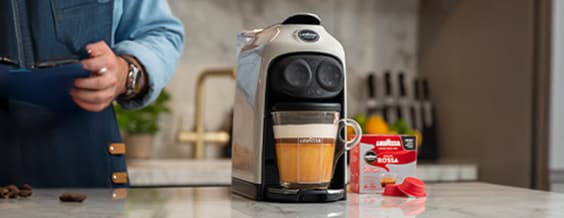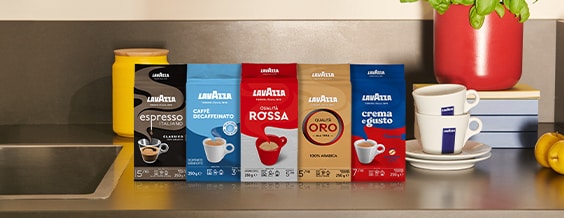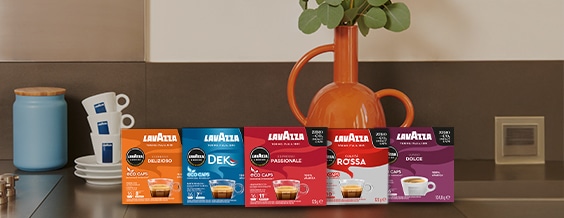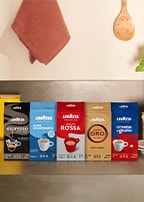*Lavazza is not affiliated with, endorsed or sponsored by Nespresso

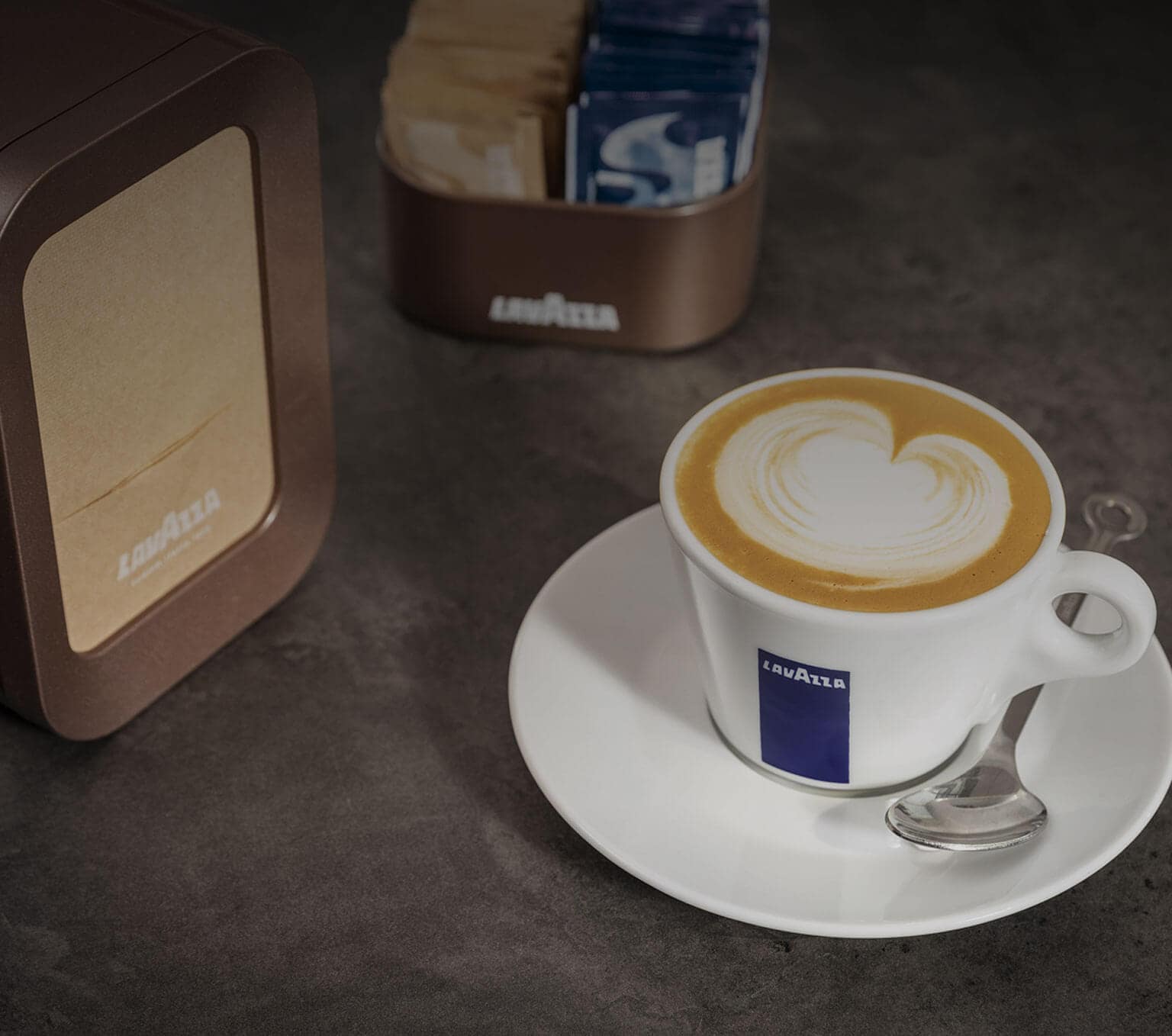
Cappuccino Definition
The cappuccino has to be one of the most popular drinks served at coffee houses worldwide, but the word and the drink itself originated in Italy. There is an interesting history behind this coffee beverage, and in particular, the etymology of the word cappuccino. To find out why the cappuccino is named cappuccino, as well as how this popular drink came to be, keep on reading.
Definition of cappuccino
There are a few theories behind the true origin of the word cappuccino, so let’s unpack them.
It all started with the Capuchin friars and nuns - a religious order formed back in 1525. This group were known for the habits they wore, which featured a distinctive large, pointed hood. The Italian word for hood is cappuccio, and it’s believed that the name for this religious order came from this particular feature of their habits. Additionally, the habits were a distinctive shade of red-brown - a colour which also came to be known as Capuchin, which also happens to be the same colour as the beverage created when adding a small amount of milk to espresso, hence the cappuccino name origin.
The modern definition of a cappuccino is a coffee beverage made with espresso and involving milk that has been frothed using pressurised steam.

What is a Cappuccino?
Now we know all about the origins of the word, the next question is, what is the cappuccino?
Since its invention back in the 16th century, the Italian cappuccino definition has changed quite substantially, evolving to become the modern cappuccino we know today.
A cappuccino is usually made up of a single or double shot of espresso, combined with hot steamed milk and finally finished with a layer of foam. An espresso machine is usually required to make a proper cappuccino, used to produce the espresso shot directly into a cup, followed by a slightly larger amount of milk, heated with a steam wand and finished with the final third of foamed milk. Another common addition is the topping of cocoa powder.
Various and possible tips and curiosities
Although cappuccino has an ancient history and is one of the most drunk drinks in the world, there are some tasty variations to try.
WET OR DRY CAPPUCCINO
You may have heard of a ‘bone dry cappuccino’ or a ‘wet cappuccino’ and wondered what these descriptors meant. These slight variations on the original cappuccino refer to the amount of steamed versus foamed milk involved. A wet cappuccino is closer in likeness to a latte or a flat white, containing mostly steamed milk, whereas a request for a dry cappuccino calls for less steamed milk and more stiff, ‘dry’ foam.
NON-DAIRY MILK SUBSTITUTES
Like most milk-based coffees, you can of course make a cappuccino using a non-dairy alternative. However, since the cappuccino is known for its stiff foam, it’s important to know which options work best for creating this thick foam. The protein in milk is the most key component for creating foam, which is why soy milk is a perfect dairy-free alternative for a cappuccino. Oat milk is another great option, and you may want to look out for the special ‘barista editions’ which typically contain more fat, creating more of a creamy flavour, which imitates dairy milk.




